D'Hancarville. The Complete Collection of Antiquities from the Cabinet of Sir William Hamilton
Extraits
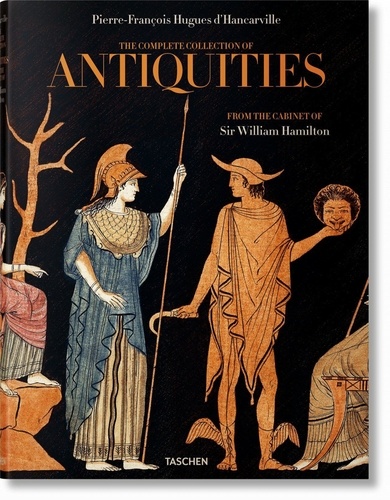
Objets d'art, collection
D'Hancarville. The Complete Collection of Antiquities from the Cabinet of Sir William Hamilton
07/2022
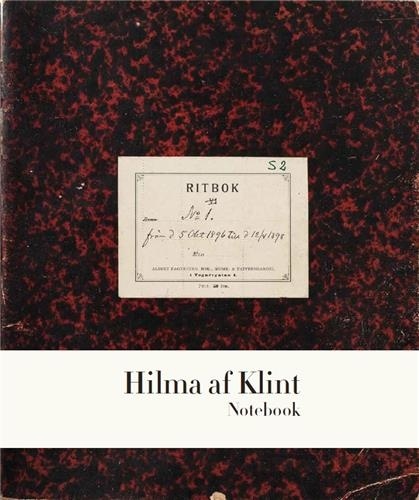
Monographies
Hilma af Klint. The Five Notebook 1
01/2022
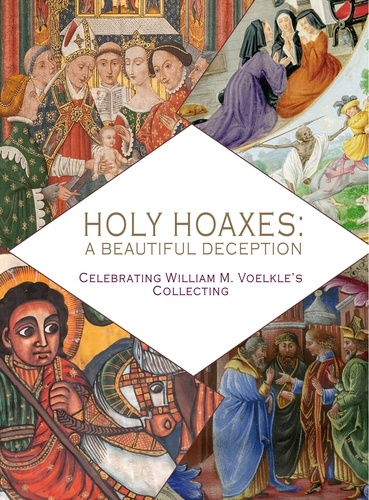
Vitraux, enluminures
Holy Hoaxes. A Beautiful Deception
04/2023
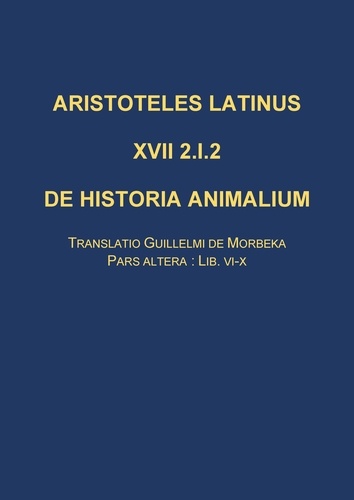
Aristote
De historia animalium. Translatio Guillelmi de Morbeka, Pars altera: lib. VI-X. Edition bilingue anglais-latin
05/2021

Histoire et Philosophiesophie
The Undergrowth of Science. Delusion, self-deception and human frailty
01/2000
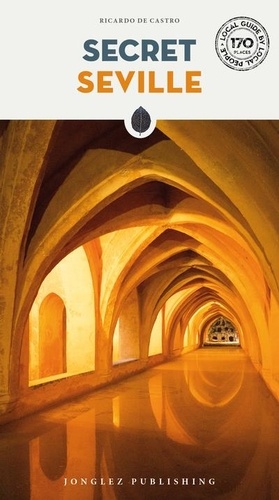
Espagne
Secret Seville
04/2022
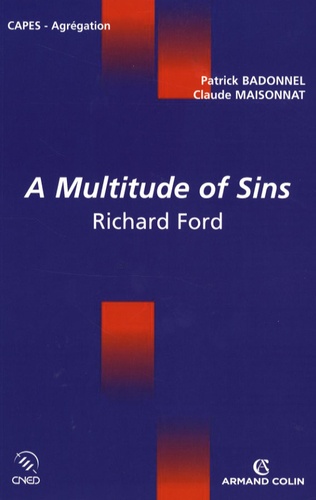
Anglais apprentissage
A multitude of Sins. Richard Ford
11/2007
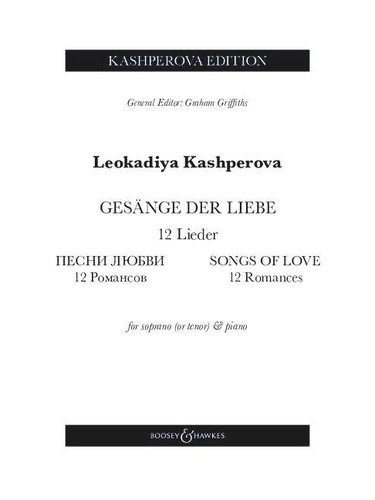
Musique classique
Songs of Love. 12 Romances. 12 Lieder. Soprano (tenor) and piano.
12/2023

Religion jeunesse
The beautiful dolls of Julia are getting married. Numéro 22
10/2018

Religion jeunesse
The beautiful dolls of Julia are celebrating the assumption of the blessed virgin Mary. Numéro 15
05/2019
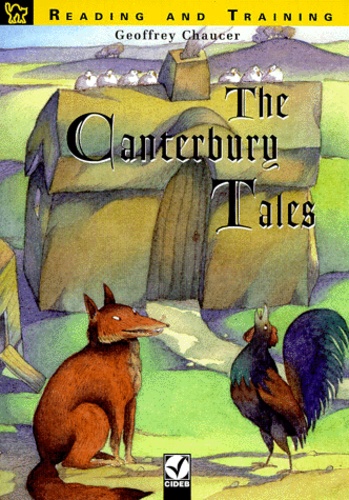
Anglais apprentissage
THE CANTERBURY TALES. Avec cassette audio
06/1999

Beaux arts
Italian Maiolica and Other Early Modern Ceramics in the Courtauld Gallery
03/2023

Histoire et Philosophiesophie
Thinking about Physics
01/2000
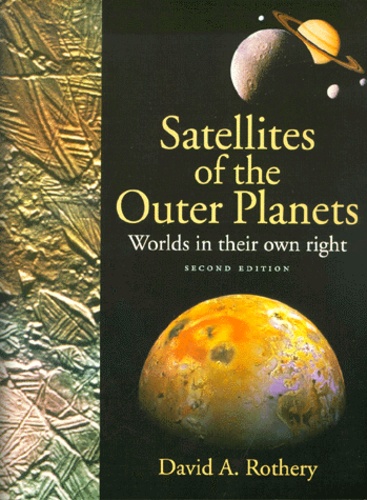
Sciences de la terre et de la
SATELLITES OF THE OUTER PLANETS. Worlds in their own right, Second Edition
01/1999
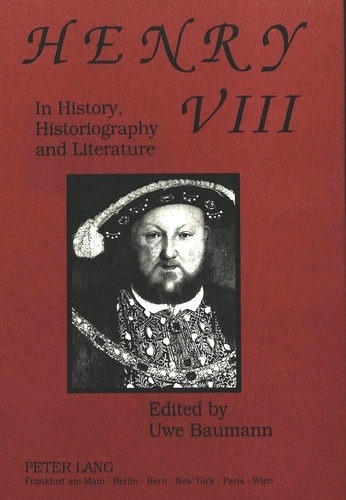
Non classé
Henry VIII in History, Historiography and Literature
01/1993

Tourisme étranger
Moroccan tracks Volume 11. The sagho djebel
08/2022
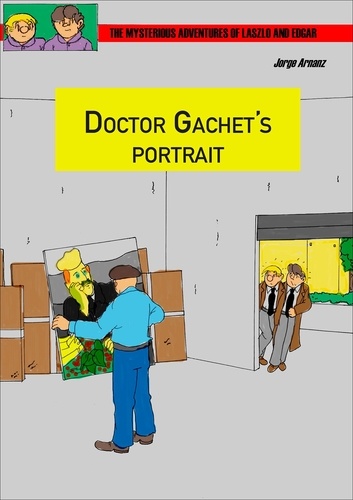
BD tout public
Doctor Gachet's portrait
01/2014
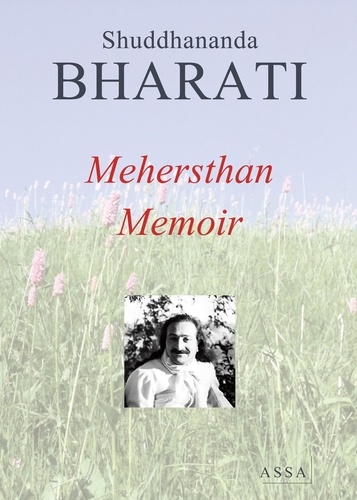
Littérature française
Mehersthan Memoir (Meher Baba)
07/2017

Non classé
The Concept of Man in Igbo Myths
11/1999

Non classé
She’s Leaving Home
06/2011

Monographies
Burmese Silver from the Colonial Period
09/2022

Anglais apprentissage
Tales from Longpuddle
07/2010

Philosophie
«Phädon», or «On the Immortality of the Soul»
12/2006

Histoire de l'art
Paris Moderne, 1914-1945. Art - Design - Architecture - Photography - Literature - Cinema - Fashion
09/2023
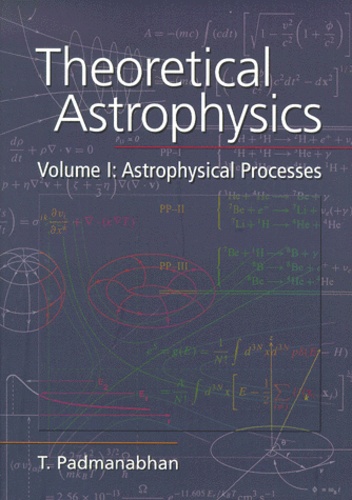
Sciences de la terre et de la
Theoretical Astrophysics. Volume 1, Astrophysical Processes
01/2000
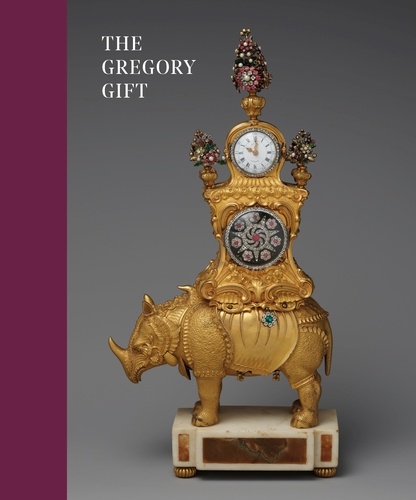
Monographies
The Gregory Gift
02/2023
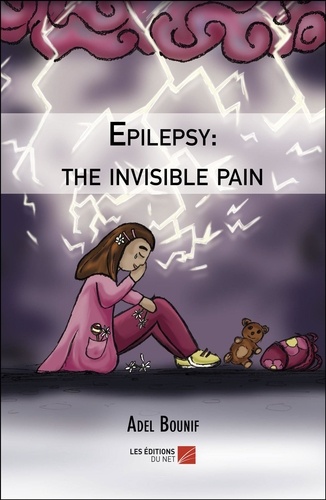
Poésie
Epilepsy: the invisible pain
01/2019

Critique littéraire
Ancient Greek by Its Translators
02/2022

12 ans et +
Les 8 royaumes mortels Tome 1 : La cité de Pierre-de-Vie
06/2019
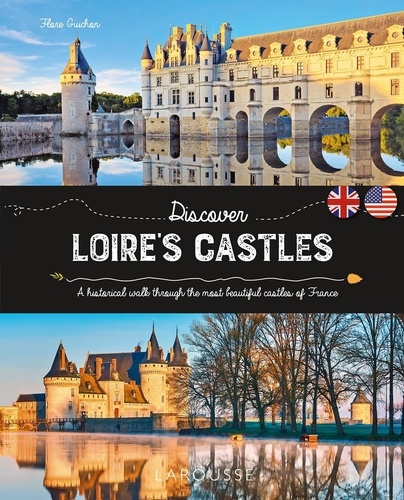
Monographies
Loire's castle
03/2024

